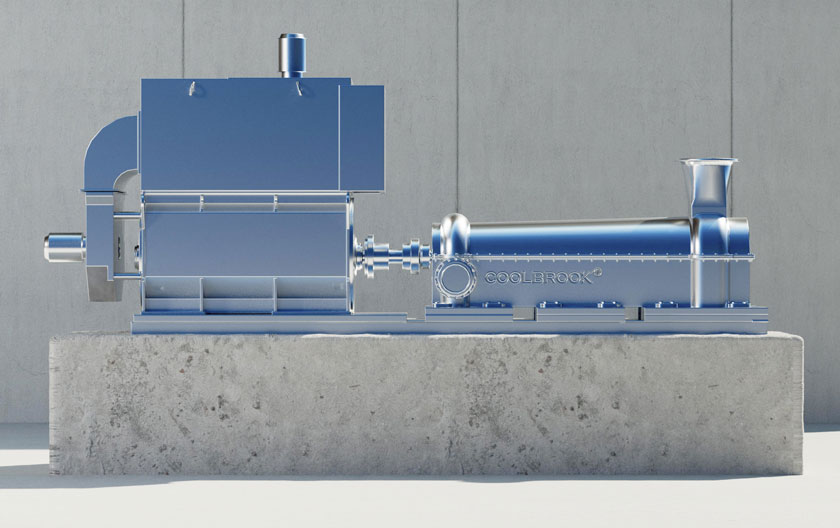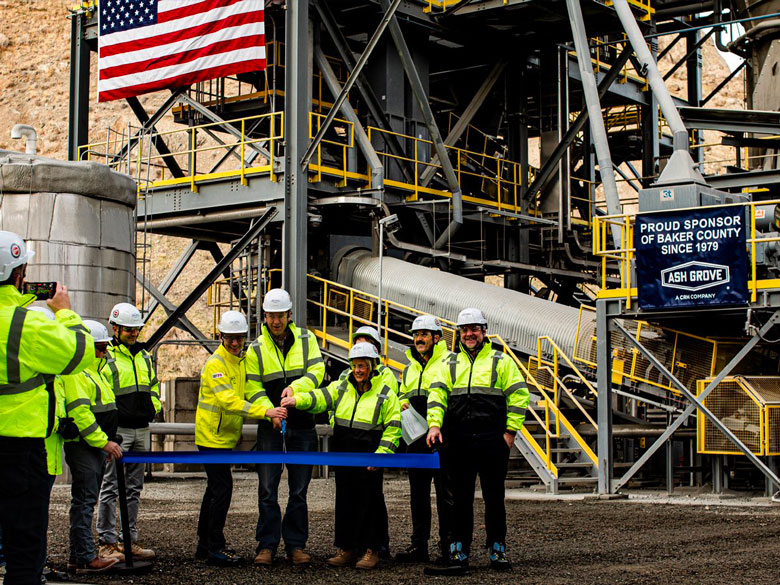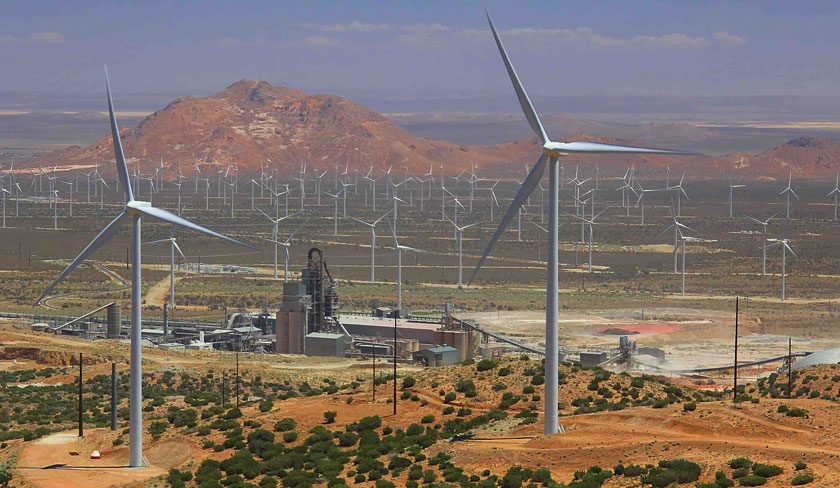CEMEX is the first company to announce testing of Coolbrook’s patented Roto Dynamic Heater (RDH) technology to significantly reduce CO2 emissions during the heating process of cement production.
The RDH technology, powered by electricity from renewable sources, can attain the 1,500 to 1,700°C kiln temperatures required to calcine and convert limestone and other raw feeds to clinker. The technology eliminates CO2 emissions from the fossil fuels traditionally used in process heating.

“The electrification of the heating and calcination process of cement production is an important step towards decarbonizing our cement operations,” said Roberto Ponguta, CEMEX vice president of global operations, technical and energy. “To the extent that we can use electricity from renewable sources, we can eliminate carbon emissions related to the heating of cement kilns. We are constantly looking for the best technologies and most promising partnerships to meet our Climate Action targets. Our collaboration with Coolbrook is another example of this.”
The companies have reached a memorandum of understanding to combine their expertise to develop optimal electric process heating solutions that can be applied in the cement manufacturing process. They will jointly evaluate the best production site to test and develop the RDH-based technology and expect it to be ready for commercial use at an industrial scale in 2024.
Under its Future in Action program, CEMEX announced a climate action target of a reduction of 40% of its CO2 emissions by 2030. Additionally, the company set a goal for clean electricity consumption of 55% by 2030. CEMEX expects these intermediate goals to assist the company in fulfilling its 2050 goal of being net-zero carbon in concrete.



